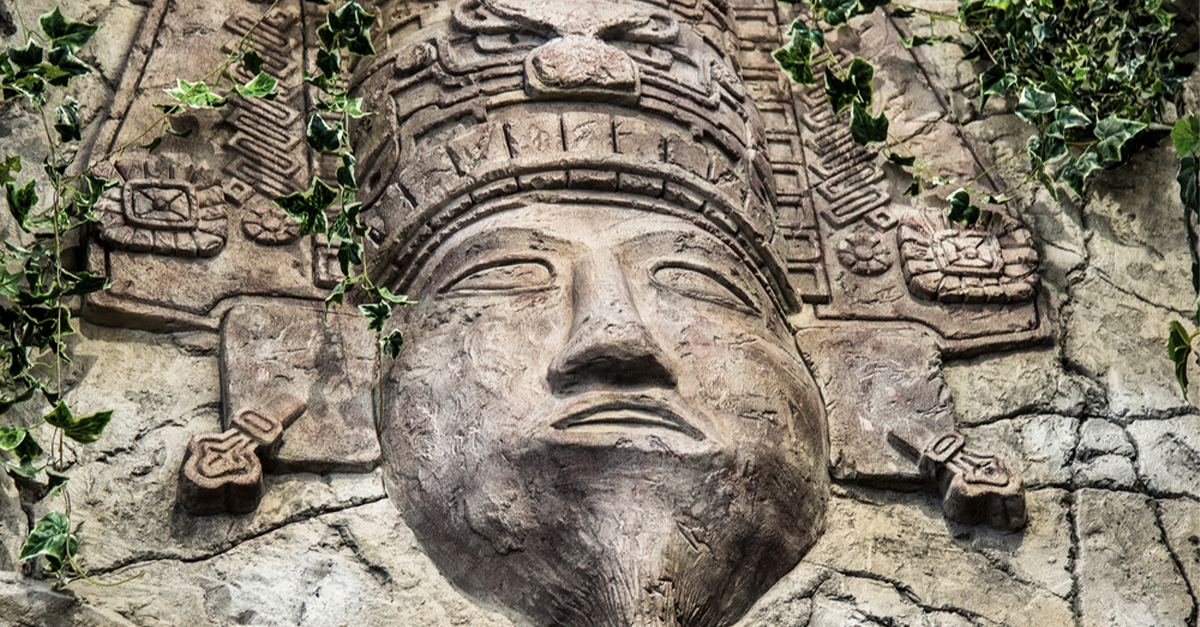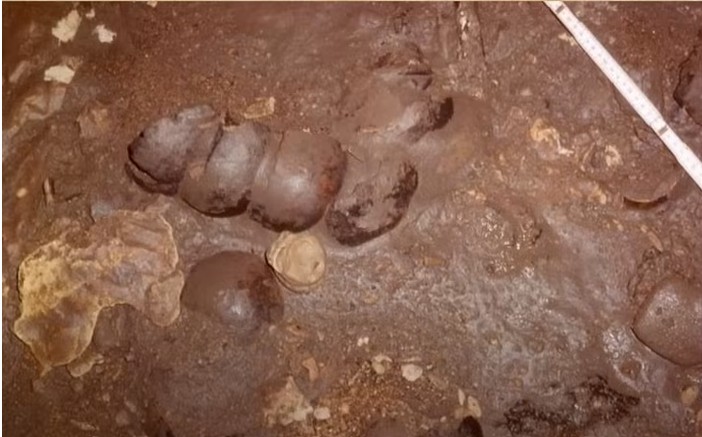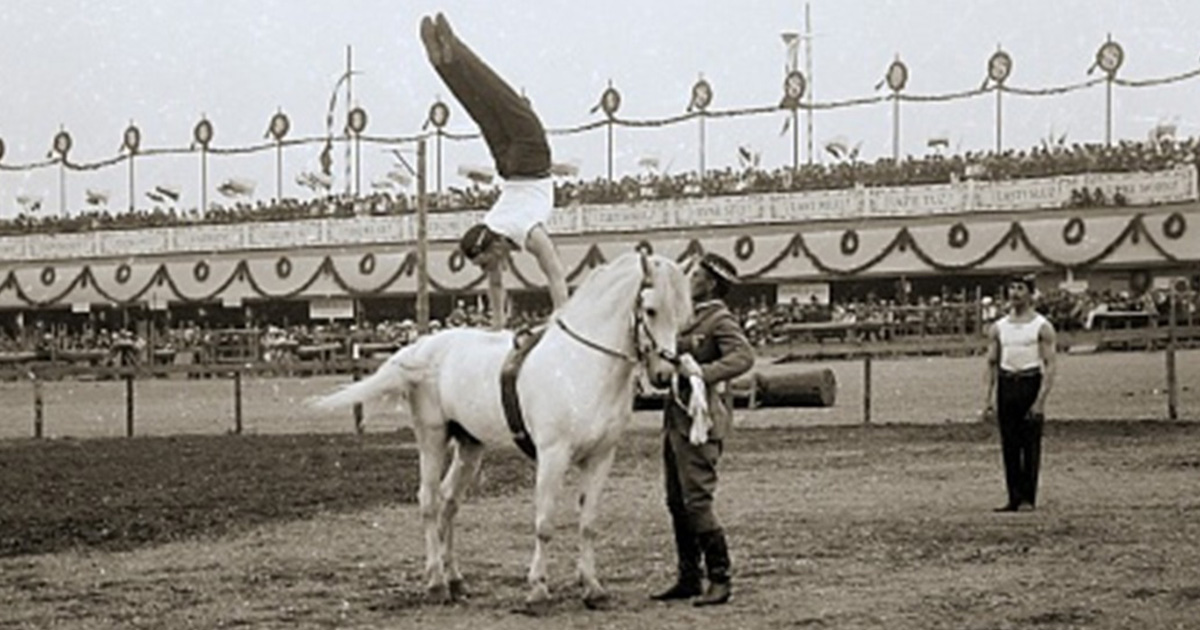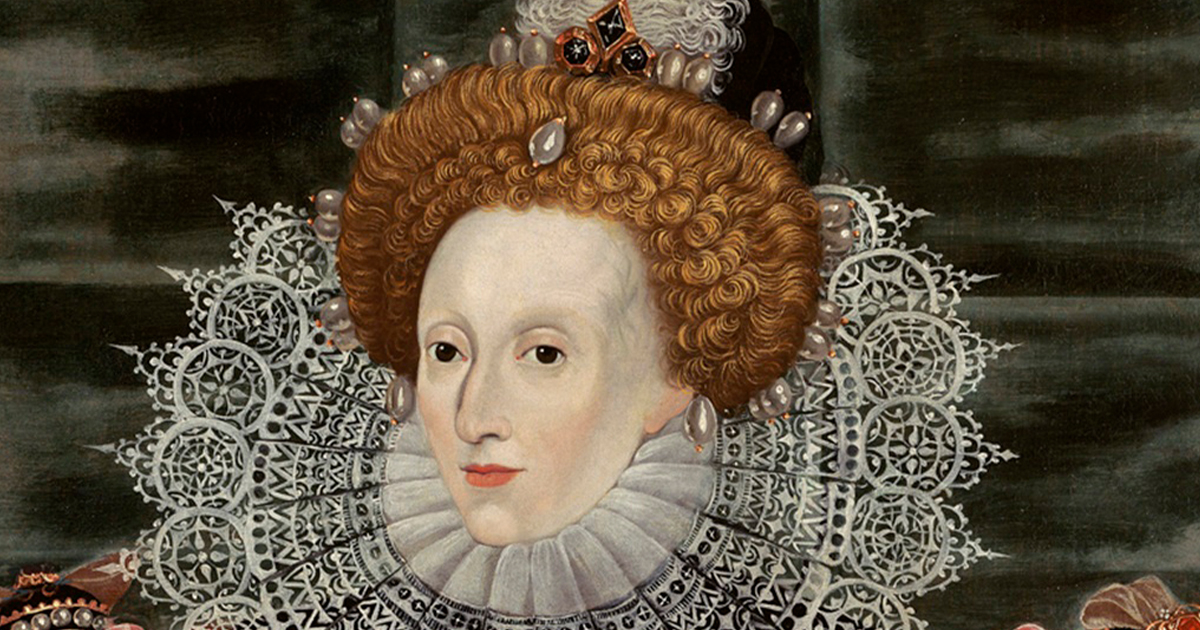In Guatemala’s Cueva de Sangre (“Blood Cave”) at the ancient Maya site of Dos Pilas, archaeologists have analyzed a cache of fragmented human remains. The skulls, bones, and ritual artifacts paint a disturbing picture of a civilization’s desperate attempt to appease a rapacious Maya rain god in the days of a catastrophic drought.
Dismembered Remains Strewn About
Excavations in the early 1990s hauled up human bones that had been scattered across the cave floor, but it's only recently that researchers have gotten around to analyzing these remains. The bones display the terrifying signs of traumatic injury consistent with ritual dismemberment . Over one hundred individual fragments, adult and juvenile, were found dated between 400 BC and 250 AD, showing the chilling signs of body-part offerings rather than full burials.
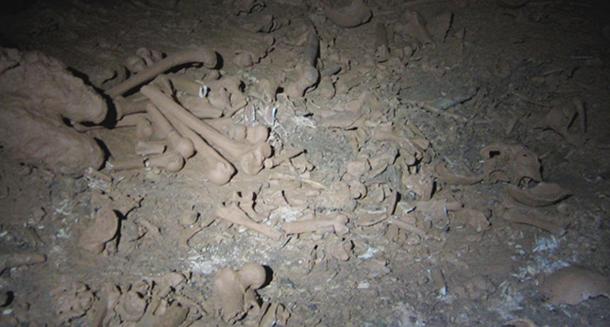 Chilling Ancient “Blood Cave” Discovered, East10, YouTube
Chilling Ancient “Blood Cave” Discovered, East10, YouTube
Ritualized Carnage
The remains show the distinctive cut marks of beveled edges in skull fragments and hip bones, indicating the use of sharp tools like hatchets. These cuts were made at or near the time of death, which means that organized ritual dismemberment was underway rather than postmortem mutilation.
Offering Up Body Parts To The Rain God
The Maya thought caves were portals to the underworld and to the rain gods. Researchers suggest that preserved body parts, especially skulls, were offered to soothe these temperamental deities during droughts, hoping to bring forth water and fertility. This line of conjecture is supported by splotches of red ochre and obsidian blades found mixed in with the remains.
Stacks of Human Skulls
Archaeologists found skullcaps stacked in non-anatomical arrangements, such as columns of four, on the cave floor. This unusual placement, along with the brutal tool marks and high fragment density, mean that the bodies and body parts weren’t just casually tossed aside, but were part of highly organized rituals.
The Cultural Background Of Maya Caves
Maya caves were sacred sites intimately connected to the cycles of life, death, rain, and fertility. At Dos Pilas, the caves were crucial for both water control and political dominance. The Blood Cave’s ties to drought rites are in line generally with the broader Mesoamerican rituals featuring human sacrifice as a way to ensure or stimulate agricultural bounty.
When Did This Happen?
Radiocarbon analysis places the sacrificial activity at around between 400 BC and 250 AD, which spans the so-called Preclassic to Classic Maya periods. This means it took place during the peak civilizational transformation at Dos Pilas and its place at center stage of regional politics.
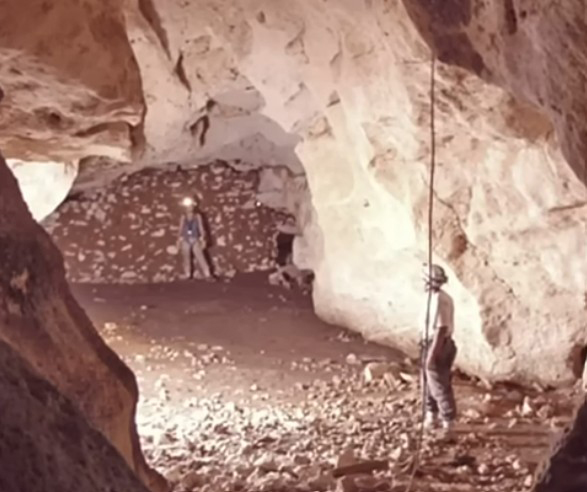 Chilling Ancient “Blood Cave” Discovered, East10, YouTube
Chilling Ancient “Blood Cave” Discovered, East10, YouTube
Grisly Evidence Of Rain‑God Rituals
Experts underscore the presence of recurring elements: trauma at death, ritual tools nearby, red pigment, and mud-smeared bones. These are all classic calling cards of ritualistic origin, not warfare or run-of-the-mill burial.
A Maya Cave Like No Other
Other Maya caves contain similar offerings: human remains; ceramics; and pigments used for fertility or rain rituals. But the startling violence and dismemberment at Cueva de Sangre are unique and memorable for their brutality.
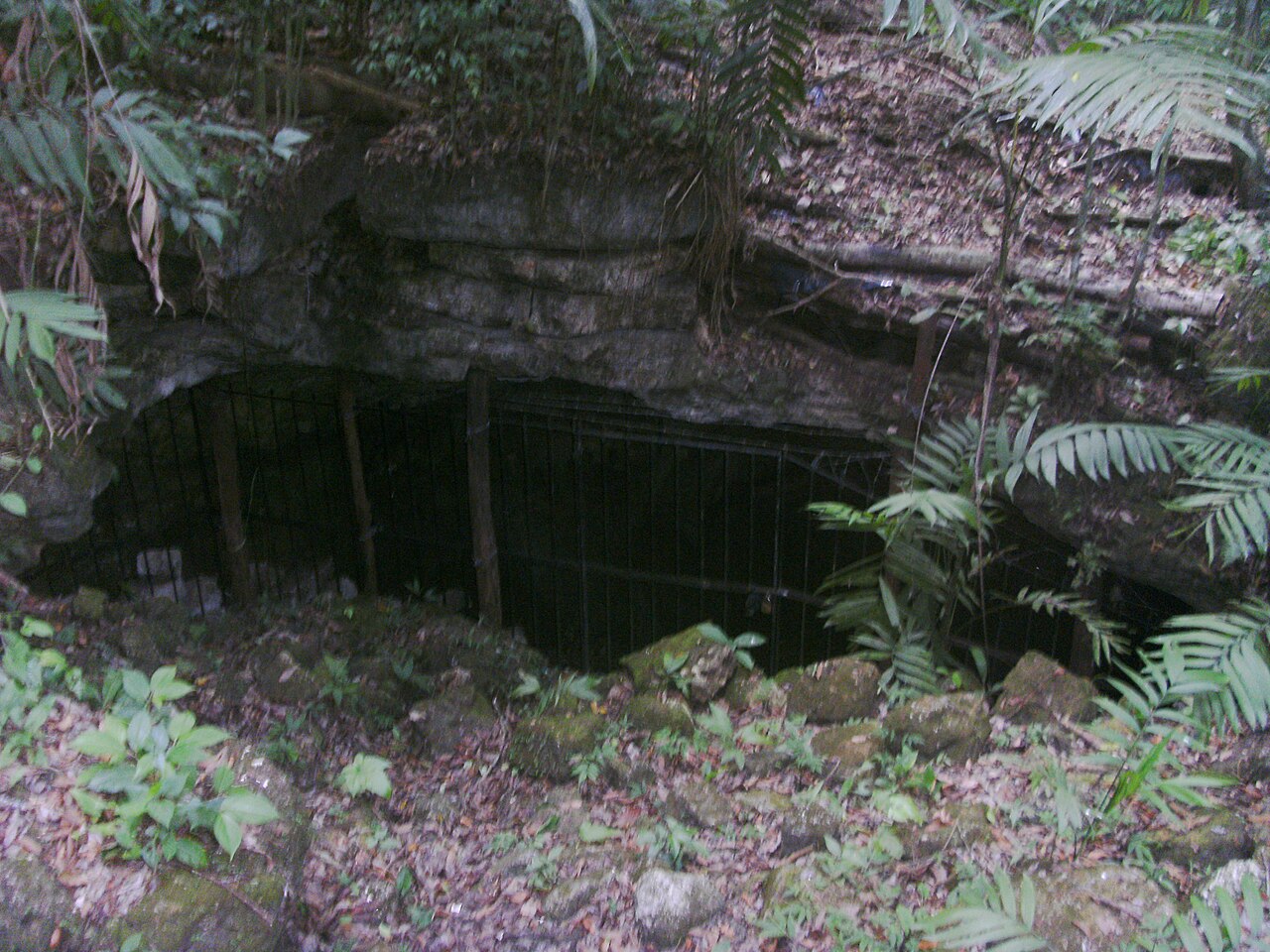 Noche de la Pena, Wikimedia Commons
Noche de la Pena, Wikimedia Commons
Signs Of Ritual Control By The Maya Upper Crust
With the complexity and symbolic weight of these sacrifices, scholars are convinced they were sponsored by the highest echelons of Maya society. Ruling class political figures probably orchestrated these ceremonies to legitimize and extend their control over water, agriculture, and a frightened population.
Stepping Back To Take In The Big Picture
This discovery deepens our understanding of Maya ritual practices, especially sacrifice, the significance of caves, and the desperate lengths people were willing to go to secure environmental stability. It challenges old school views of the Maya and brings home the reality of their belief systems encompassing life, death, and fertility.
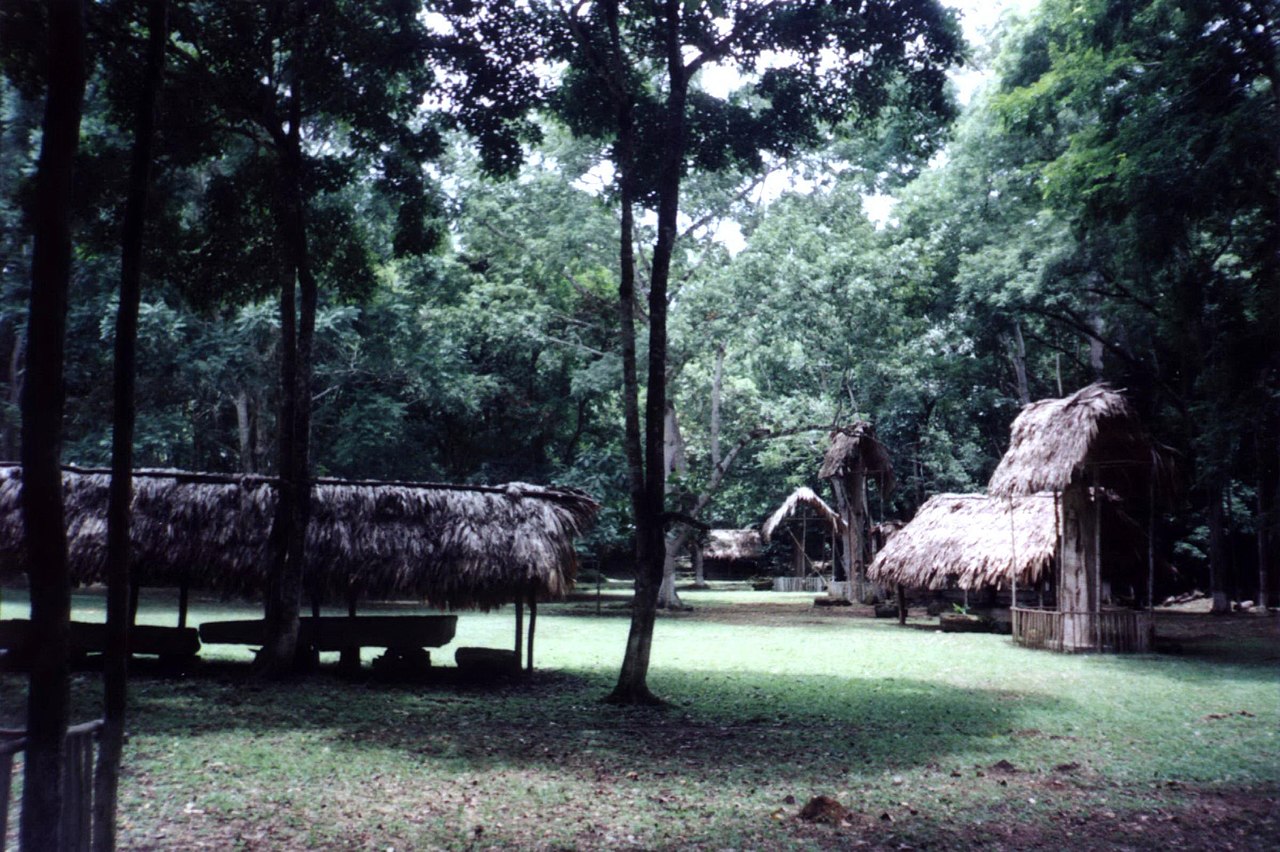 Simon Burchell, Wikimedia Commons
Simon Burchell, Wikimedia Commons
The Search To Figure Out More
Ongoing analysis, like DNA testing, pigment sourcing, and isotopic studies could hopefully tell us more about victim identity, sacrifice patterns, and the symbolism behind the artifacts. There are some ethical considerations surrounding the presentation of such stark evidence for the indigenous people of Guatemala and for archaeologists as well. It’s extremely important to tell the truth while avoiding sensationalism.
Looking Back Into A Dark Place
Cueva de Sangre gives us an up close and personal view of the difficult choices made by the Maya when they believed the future survival of their civilization was at stake. The cave’s bloodcurdling legacy lets us know in no uncertain terms the consequences of political power, spiritual belief, and the unpredictable climate of the ancient Maya world.
You May Also Like:
These 5,000-Year-Old Proverbs Carved Into Clay Still Ring True Today

